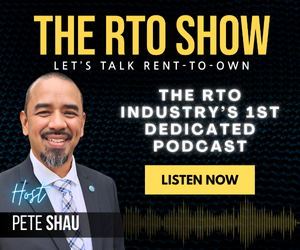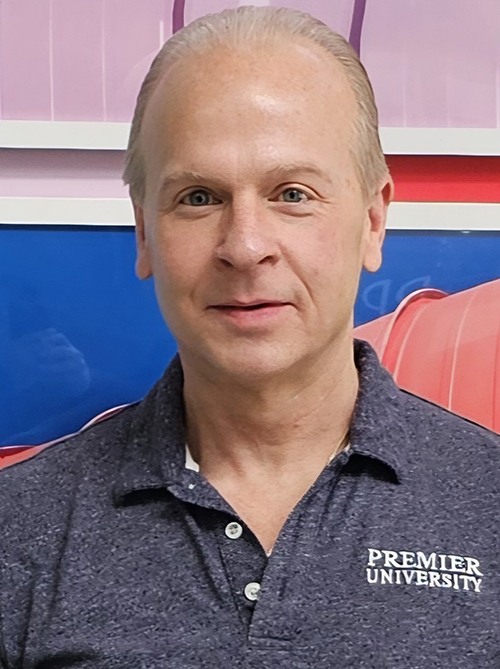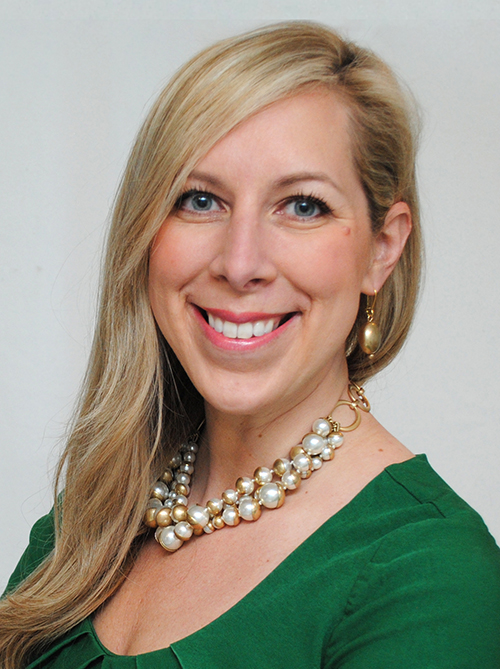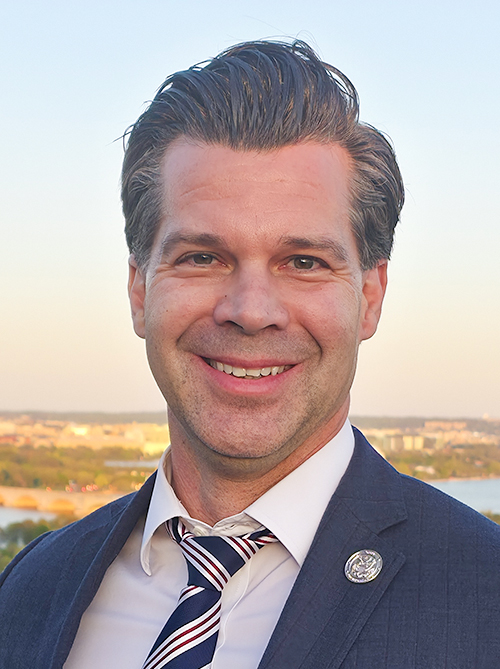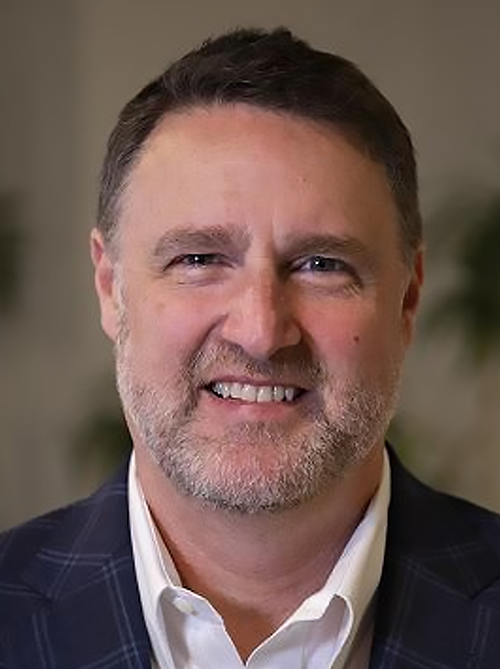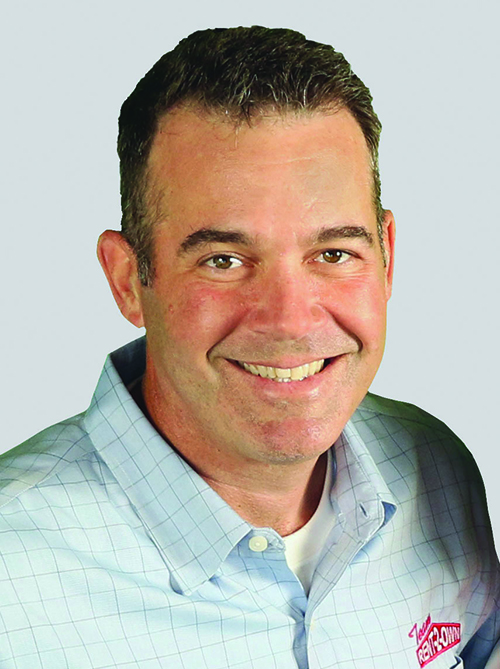By Charles Smitherman
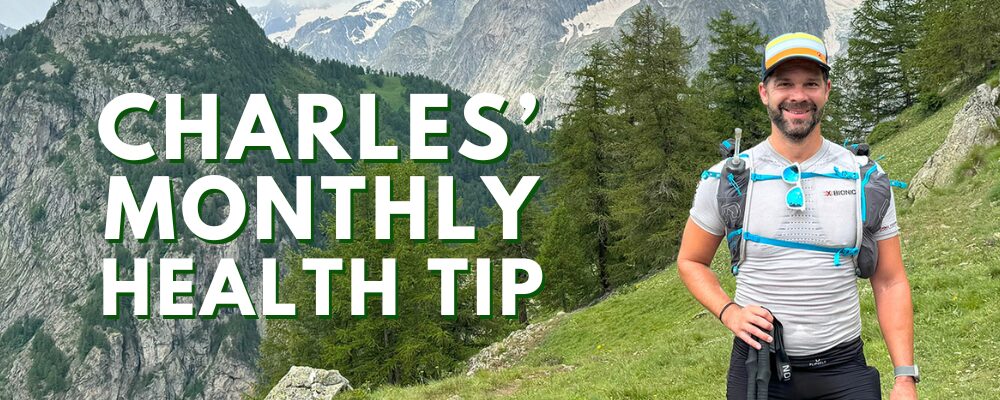
When the idea of setting yearly exercise goals was first presented to me, I hesitated. For the past twenty years, my goals have been ambitious: marathons, Ironman triathlons, and most recently, unassisted ultra-distance trail runs in unique locations and conditions.
In 2024, I ran over 1,000 miles, climbing and descending 100,000 feet. I also completed the second half of the Tour du Mont Blanc, running through four seasons of weather. This trail, which I began in 2022, brought me face-to-face with an alpine thunderstorm, where I sheltered beneath a poncho on my final climb of the day. In 2021, I ran across the Grand Canyon and back – an idea that came to me shortly after my first visit to the park, when I thought, “Yeah, I can run that.”
A Shift in Perspective
This year will be different in that I am not expecting the need for helicopter evacuation insurance for any of my plans. Following my mountain trek last summer, I struggled to recover and to mentally and physically regain the flow state that is an inherent need in distance running. While touring potential venues for RTO World, I heard myself tell someone that I used to be a distance swimmer – a statement that, though true, underscored the fact that I had spent little to no time in the water over the past several months, despite swimming being my favorite activity.
At APRO, we recently completed a six-month strategic planning process, resulting in the launch of our E3 plan for the next three years. A significant portion of this time was devoted to envisioning where we want APRO to be in seven to ten years. This strategic plan lays out three high-level goals, each supported by sub-level initiatives that will bring our vision to life.
Taking inspiration from this strategic planning experience, I decided to apply a similar approach to my personal goals for 2025. In the past, I would choose a race or challenge, set a date, and then plan my training around it. This time, I’m adopting a broader perspective: envisioning where I want to be in terms of my health and fitness over the next five to ten years. I have many adventures and challenges in mind for the future, but achieving them requires long-term planning and action today.
The Kaizen Philosophy
Both personally and professionally, I am a follower of kaizen – the philosophy of continuous improvement. Derived from the Japanese phrase kaizen, which means “change for the better,” it emphasizes that small, consistent steps lead to significant results over time. This philosophy promotes a growth mindset and a culture of ongoing enhancement in all aspects of life. By focusing on manageable steps, the overwhelming nature of a larger goal is minimized, and the momentum of progress builds naturally.
My Personal Goals for 2025
My overarching goals for 2025 follow this same principle: to get better and continue improving in every area of my life – professionally, personally, and in terms of my health. Specifically, I aim to become fitter, stronger, and healthier. To achieve this, I’ve laid out five initiatives that I believe will help me reach that goal:
- Swim 225 miles
- Compete in 3 marathons and ultra-distance swims
- Row 600 kilometers
- Complete 100 hours of strength training and yoga
- Eat 30 different plant-based foods per week
Much like the APRO E3 Strategic Plan, these goals set the trajectory for the future. From a holistic viewpoint, several key elements are implied – such as recovery, time management, and managing my chlorine allergy – all of which are necessary to stay on track.
Breaking Down the Big Goals
In December, the APRO team spent two days breaking down the E3 Plan and initiatives into smaller, more manageable pieces. Though the staff were ready to tar and feather me for writing Q1 2025 beside many of the sub-parts, we successfully walked away with a more approachable, digestible set of steps and strategies for the coming months. By using a kaizen approach, the bold and intimidating aspirations of E3 were broken down into smaller, manageable steps.
As an illustration, my fitness goals listed above look much more manageable and less daunting than the first:
- Swim an average of 4 miles per week (2-3 workouts of 1.5 to 2 miles each)
- Being prepared to compete flows from the goal above
- Row one hour per week (12km per hour)
- Work out 2-3 times per week (45 minutes to 1 hour each session)
- Eat 4+ different plant-based foods per day
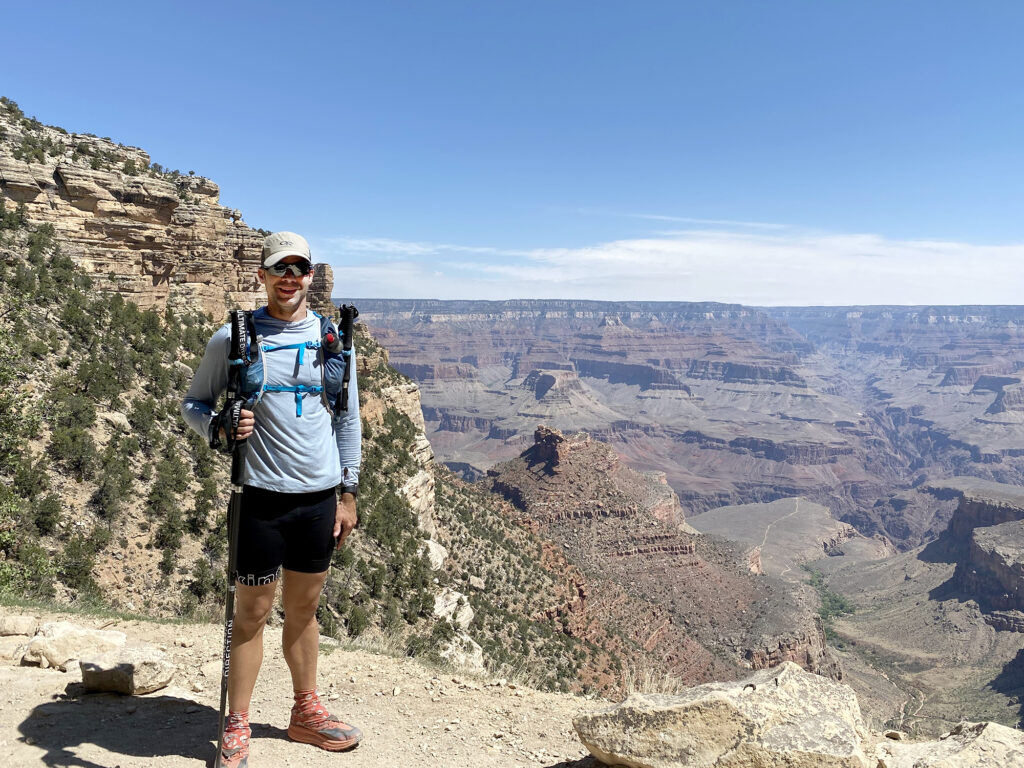

No matter your plans and goals for 2025, remember that even the most ambitious vision is achieved through consistent, incremental progress. By breaking your goals into smaller, actionable steps, you’ll set a clear course for success while maintaining balance and adaptability. Embrace the kaizen philosophy and commit to steady improvement each day – one step, one swim, one vegetable, or one effort at a time. With this approach, you won’t just meet your objectives – you’ll cultivate a mindset of growth and resilience that will serve you in every area of life.





